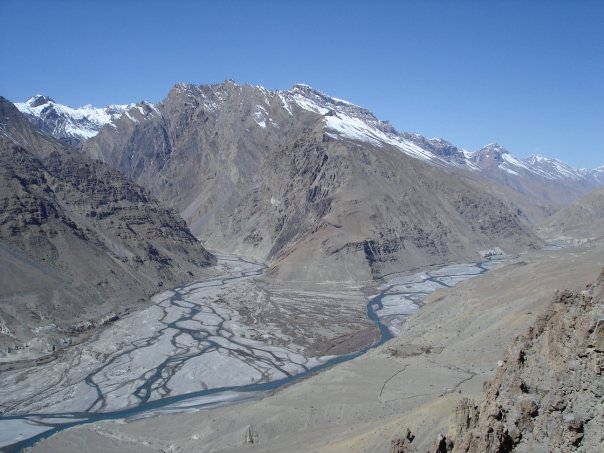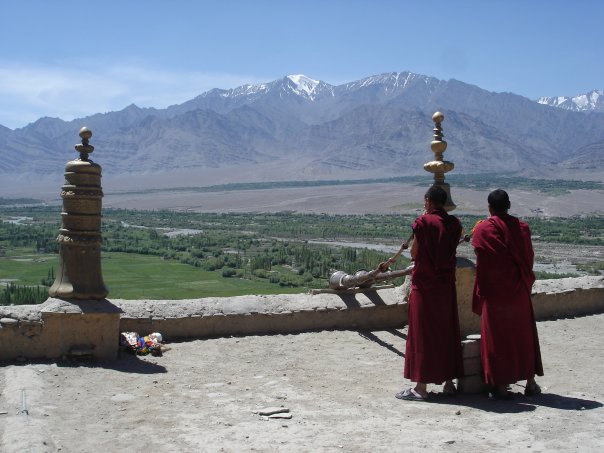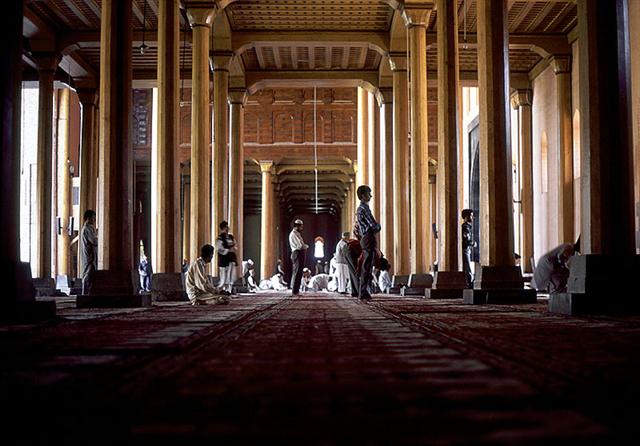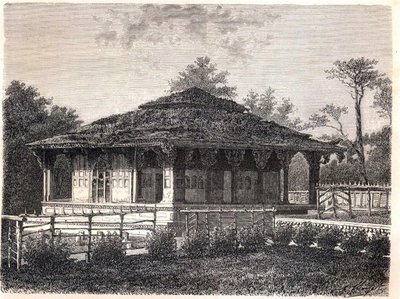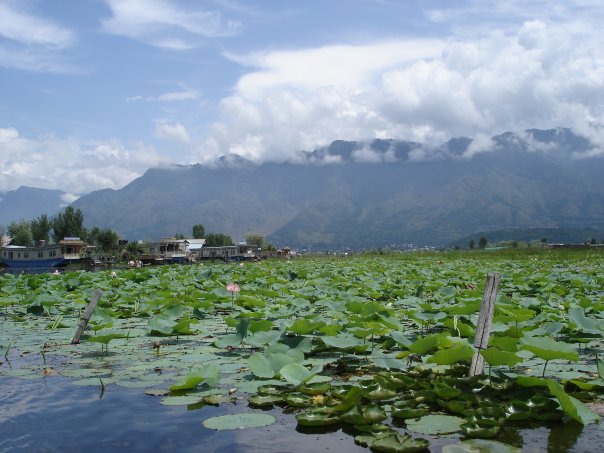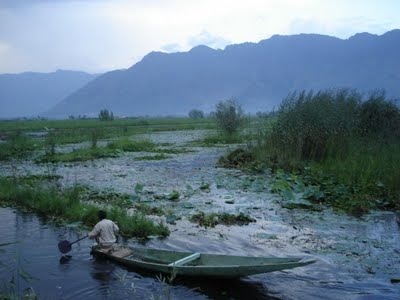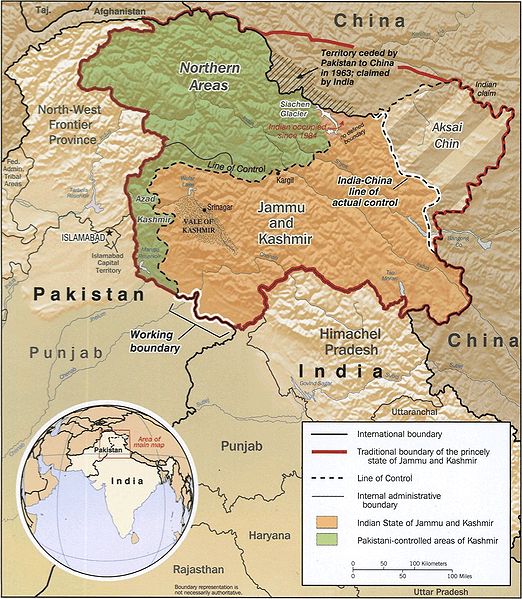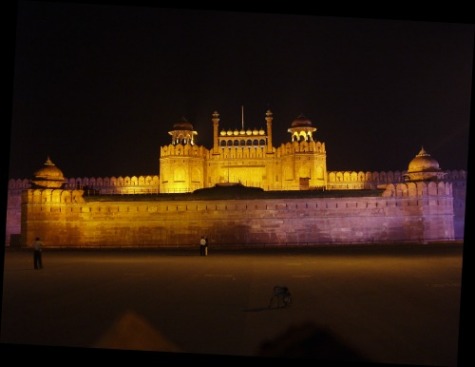
We visited Delhi’s Red Fort. This was the chamber of the Mughal’s built in the seventeenth century whilst they were in their prime and contains, amongst other things, the Peacock Throne, the symbol of the ruling powers. However, in the early eighteenth century the Mughal’s overreached themselves, their governors became warring factions and the stage was set for the gradual and uneasy domination by European empires.
At the other end of modern Indian history I visited the home of Jawaharlal Nehru, the first Prime Minister of independent India. India is an extraordinarily good example of putting all political movements, empires and religions in their place. They literally do come and go. Nehru was not religious but he recognised the great power of his people’s religious faith:
“How amazingly powerful was that faith which had for thousands of years brought them and their forbears from every corner of India to bathe in the holy Ganga?”
He could not escape the religious past and present of India, but he sought to build a secular state: of course he was right, as any attempt to impose a religious state is fraught with difficulty, as Pakistan proves.
Muhammad Ali Jinnah, the first Governor General of Pakistan attempted to create a state in which Muslims could live together and feel safe, after its partitioning from Hindu India. But he made it clear that he wanted the government to be secular. Unfortunately his successors have found the task of creating a stable religious state particularly hard.

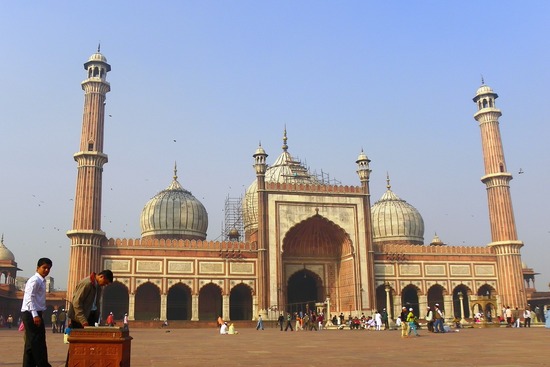


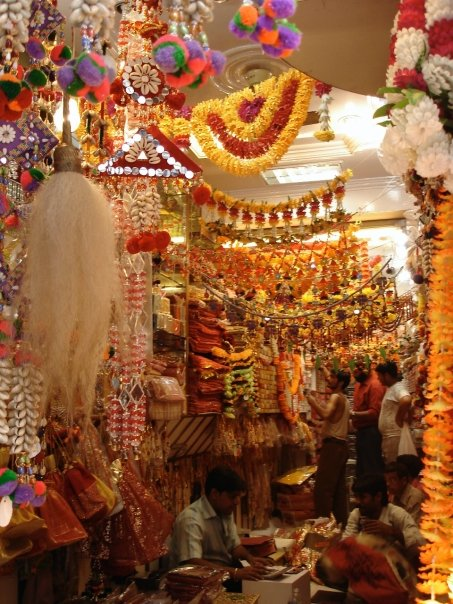
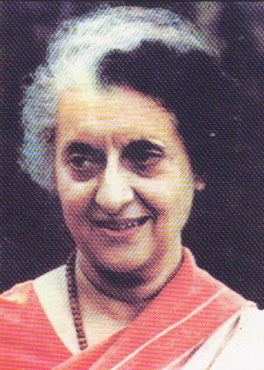 I returned from the day to read Katherine Frank’s biography of Indira Gandhi, the first female Prime Minister of India assassinated by her own bodyguards in 1984. The book left me feeling very depressed. She had a fairly rough ride with the Indian people, demonstrated by the fact that she served two separate terms as Prime Minister. She also had to deal with, amongst other things, the war with Pakistan in 1971 and the incident at the most sacred Sikh shrine, the Golden Temple, which led to her assassination by two of her vengeful Sikh bodyguards.
I returned from the day to read Katherine Frank’s biography of Indira Gandhi, the first female Prime Minister of India assassinated by her own bodyguards in 1984. The book left me feeling very depressed. She had a fairly rough ride with the Indian people, demonstrated by the fact that she served two separate terms as Prime Minister. She also had to deal with, amongst other things, the war with Pakistan in 1971 and the incident at the most sacred Sikh shrine, the Golden Temple, which led to her assassination by two of her vengeful Sikh bodyguards.

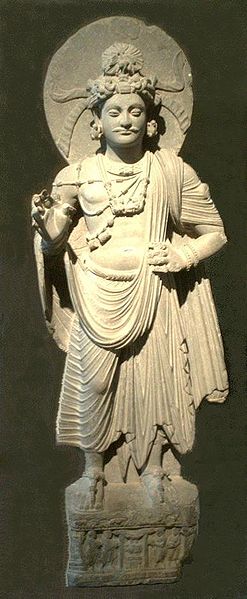 At first I found Manali overwhelming so I sat quietly in an outside restaurant, ate an English breakfast and looked at the light coming through the pine trees. I was reading Hesse’s Siddhartha and was strangely moved by it.
At first I found Manali overwhelming so I sat quietly in an outside restaurant, ate an English breakfast and looked at the light coming through the pine trees. I was reading Hesse’s Siddhartha and was strangely moved by it.